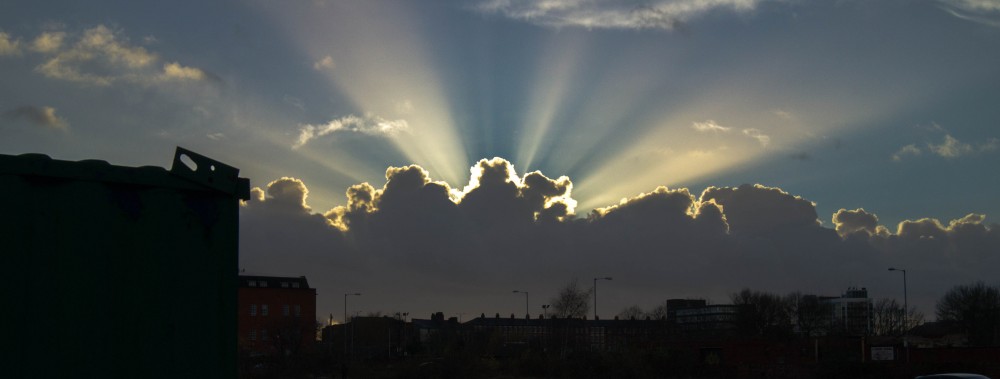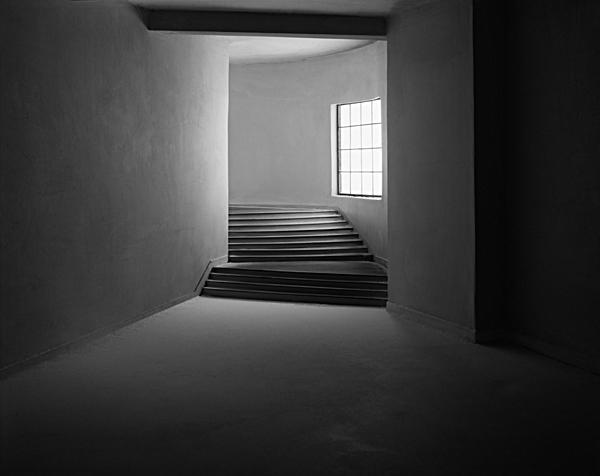As part of furthering the understanding of my work and reflective practice, I participated in a group visit to Manchester Gallery to view the photographic gallery there. The idea being that we use the visit to reflect on how our work might be viewed once it’s let go into the wider world and what we might employ in the work that might further i being understood and enjoyed.
The gallery was small and bright with mostly large pieces on show – though there were some medium and small works on show and initially, this was one of the things that struck me first, the issue of size, something I’d not consciously considered when considering a project although obviously this aspect is very important in a gallery situation – as opposed to a book where size is less of a consideration, relatively speaking. In a gallery space, a large piece shows more detail but also may require you to move away from the piece to appreciate the whole picture, conversely a small piece requires the viewer to move in closer to inspect the detail or discern the idea better. As the work from this module isn’t likely to appear in a gallery, size isn’t something I need to think about but it is relevant and needs to be considered in future work.

How a large piece (Richard Billingham – Untitled) seen on the left, demands your attention and detail can been easily discerned, while the smaller work to the left requires much closer inspection to see the image or idea.
One thing that struck me was the way some people in the gallery looked at the notes and description for each piece before looking at the work, where others like myself looked at the work and then considered the notes. From a purely personal point-of-view, I prefer to see before I read and even then I am loathe to read anything other than the artist, title and medium used. I shy away from wanting to know what the image is about until I have had a chance to view it and take in any possible meaning or concept. The whole notion of giving a definitive description of what the work is about seems…incorrect. Words can mislead or push a viewer down a path that perhaps wasn’t intended, let the image speak and the words be those of the viewer. As John Berger described in Ways of seeing…
“Seeing comes before words, a child sees and recognises before it can speak”
A case in point for me was ‘Turning Hallway’ by James Casebere…
The image above by James Casebere, I love, not least because of it’s monochromatic beauty but that the image resonates profoundly and intrigues me no end. The dark, slightly foreboding foreground leads the eye to the stairway and ups the anticipation of the unknown and unseen beyond. It’s a strong, powerful image and evokes many things for me, so after spending a goodly while being lost in the image I was dismayed to read in the description notes that the cold foreboding stairs were to be feared as much as what might be around the corner beyond. Something i did not feel, quite the opposite in fact. So, with such a powerful image, was it necessary to have such a description, one meant to lead the viewer by the hand in what to expect and to feel? Personally I think not. unless the idea was to mislead or make you wonder if the description is wrong. Either way, for me, words in this context add little and take away from what is viewed or felt. A description should be informative but not definitive.
In the context of this module for the work I will show later, I will reflect on how and why I chose the images I did and why I discarded others. I will not, however title my images nor suggest what the viewer should think or feel, I feel there should be enough to go on from the image and the context of the work.

An ideal example of a title and description plate? Context, background and information are present without any description that leads the viewer by the hand on what should be taken from the image.
Of course, in relation to what I have talked about above, these are my interpretations and feelings but the visit helped clarify my thoughts and feelings on the things I need to consider with my work. Context, explanation, references, medium, sizing, space, audience, sound and more will have an effect on how my work is viewed to varying degrees, depending on the project. Time management and scope of work are further issues that I am already dealing with, albeit on a smaller scale but nonetheless relevant when preparing and completing an assignment such as this.

